I've always been a huge fan of kwek-kwek, but let's be honest - those tiny quail eggs always left me wanting more! That's why I fell in love with tokneneng, its bigger, more satisfying cousin.
Every time I make this recipe at home, it takes me right back to those afternoons after school, watching street vendors skillfully coating and frying these golden-orange eggs.
Making tokneneng at home means I can double-coat the eggs for extra crispiness (my secret trick) and adjust the spices in my sawsawan just the way I like it.
I'm excited to share my version that gives you that authentic street food taste but with the cleanliness and portion size you can control.
Jump to:
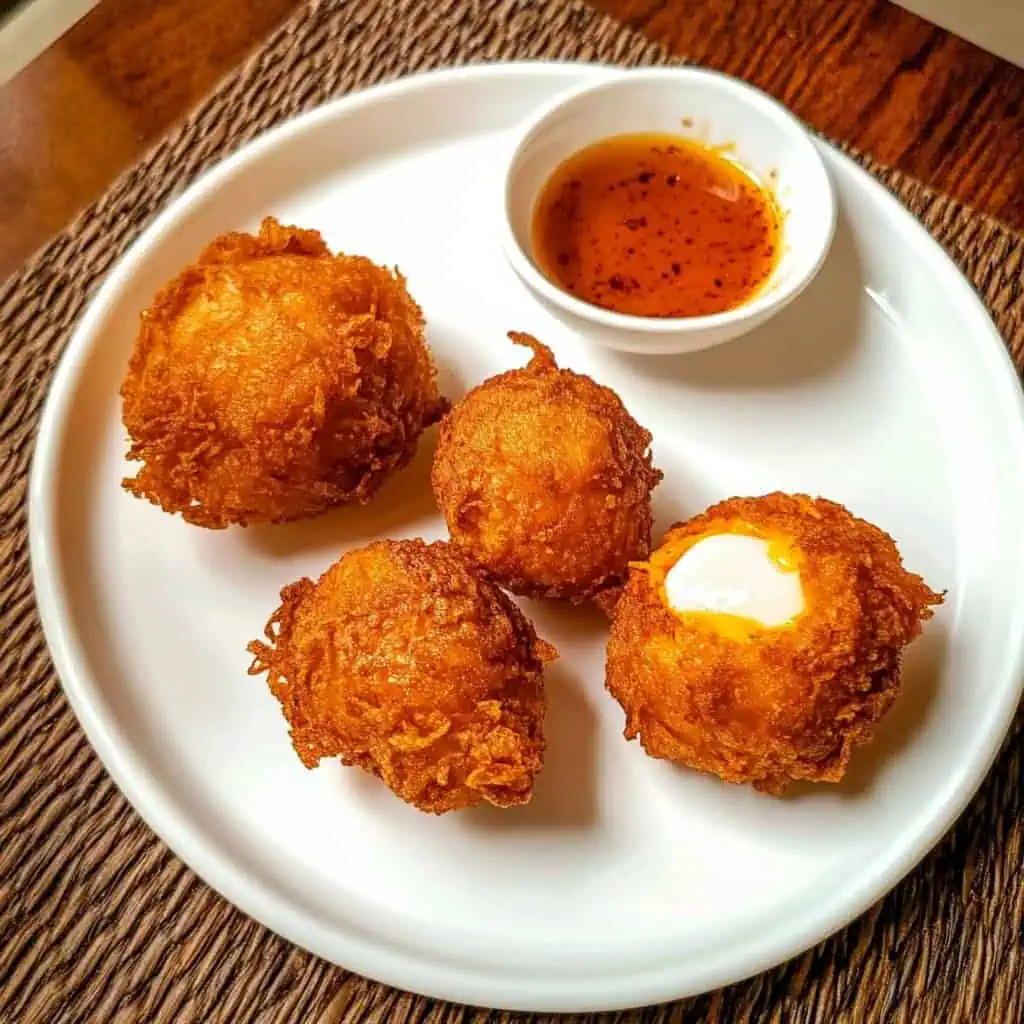
Why You'll Love This Recipe
- Authentic street food taste with restaurant-quality cleanliness
- Crispy exterior with perfectly soft eggs inside
- Budget-friendly family snack
- Quick and easy to prepare
- Customizable sauce options
- Perfect merienda (afternoon snack)
Ingredients
The ingredients in tokneneng are carefully selected to create that authentic Filipino street food experience. Hard-boiled eggs form the protein-rich center, while all-purpose flour and cornstarch combine to create the perfect crispy coating that doesn't detach during frying.
Annatto (atsuete) powder is the star ingredient, giving tokneneng its iconic bright orange color that makes it instantly recognizable at street food stalls. Warm water helps dissolve the annatto powder completely, ensuring even coloring throughout the batter. Salt and pepper balance the flavors, while the cornstarch coating acts as a crucial adhesive layer that helps the batter stick firmly to the eggs.
When fried in hot oil, these simple ingredients transform into a crunchy, savory snack with a satisfying contrast of textures that has delighted Filipino food lovers for generations.

For the Eggs:
- 6-8 pieces boiled eggs (chicken or duck)
- 2 cups cooking oil for frying
For the Orange Batter:
- 1 cup all-purpose flour
- 3 tablespoons cornstarch
- ¾ cup warm water
- 1 tablespoon atsuete/achuete powder (annatto powder)
- ½ teaspoon salt
- ½ teaspoon ground black pepper
Equipment
- Deep heavy-bottomed pan or kawali - Provides even heat distribution during frying for consistent results
- Spider strainer or slotted spoon (sandok) - Essential for safely lowering eggs into hot oil and removing them when done
- Medium mixing bowls - For preparing and mixing your batter ingredients
- Candy/oil thermometer - Helps maintain the ideal frying temperature (350°F/175°C) for perfect crispiness
- Paper towel-lined plate - Absorbs excess oil after frying for a less greasy final product
- Tongs (sipit) - Provides precise control when handling eggs during the coating process
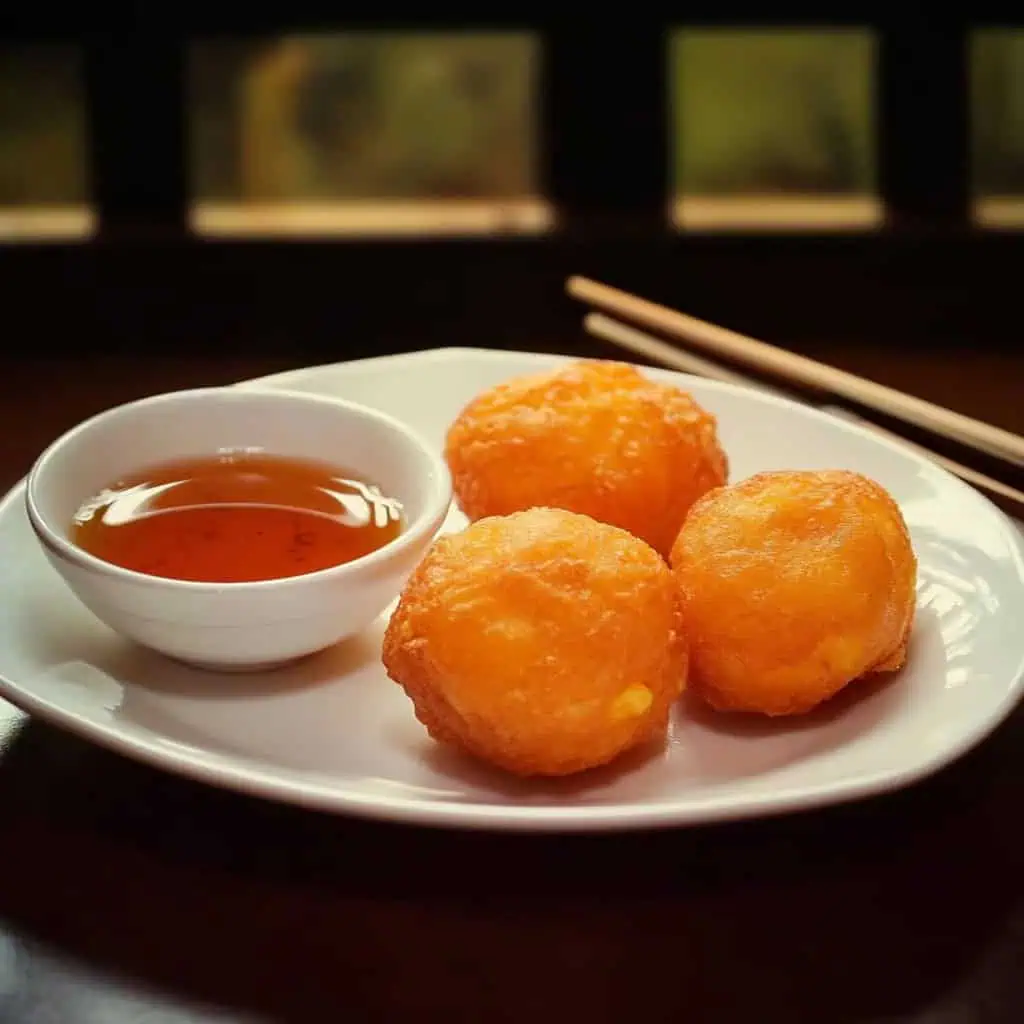
How To Make
- Heat your cooking oil in a deep pan over medium-high heat. You need enough oil to cover the eggs when frying.
- Mix the flour, salt, and pepper together in a large bowl.
- In a separate bowl, stir the atsuete powder with warm water until it turns bright orange and all powder is dissolved.
- Pour the orange atsuete mixture into your flour mixture. Whisk everything together until smooth with no lumps. The batter should be similar to pancake batter.
- Roll each boiled egg in cornstarch and shake off any extra. This helps the batter stick better.
- Test if your oil is hot enough by dropping a tiny bit of batter - it should bubble and float right away. Your oil temperature should be around 350°F (175°C).
- Dip each cornstarch-coated egg in the orange batter until fully covered. Carefully place it in the hot oil. Only fry 3-4 eggs at a time to avoid crowding.
- Fry for 3-4 minutes, turning the eggs gently until they're crispy and golden-orange on all sides. You'll know they're done when the bubbling calms down and the coating looks firm.
- Remove the eggs with a slotted spoon and place them on a paper towel-lined plate to drain excess oil.
- Serve immediately while hot and crispy with spiced vinegar or sweet brown sauce.
For best results: Keep the oil at a steady temperature between batches. If your tokneneng browns too quickly, lower the heat. If it gets greasy or soggy, your oil isn't hot enough.

Tips from Lola's Kitchen
- Egg temperature matters: Always use room temperature eggs to prevent the batter from sliding off during frying
- Color enhancement: If your atsuete powder is light in color, add a tiny drop of yellow food coloring for that vibrant street food orange
- Double-coating technique: For extra crispiness, dip eggs in batter, let excess drip off, then dip again before frying
- Oil temperature consistency: Use a thermometer and maintain 350°F/175°C throughout the frying process
- Never cover while frying: This creates steam that softens the crispy coating
- Cornstarch is key: Don't skip the cornstarch coating step - it creates the perfect base for batter adhesion
- Batter thickness test: The batter should coat the back of a spoon but still drip off smoothly - not too thick, not too thin
Substitutions
- No atsuete powder? Mix 1 teaspoon turmeric powder with 1 teaspoon paprika for a similar color
- Egg options: Use duck eggs for a richer, creamier texture and flavor
- Flour alternatives: Rice flour works well for a gluten-free version with extra crispness
- Cornstarch substitutes: Potato starch or arrowroot powder can replace cornstarch with similar results
- Healthier version: Air-fry at 375°F for 8-10 minutes after spraying with oil (though texture will differ from traditional)
- Spice it up: Add ¼ teaspoon cayenne pepper to the batter for a spicy kick
Troubleshooting
- Batter sliding off? Make sure eggs are completely dry after boiling and thoroughly coated with cornstarch
- Not crispy enough? Your oil temperature is likely too low. Increase to 350°F and ensure oil fully recovers temperature between batches
- Too dark or burning quickly? Oil temperature is too high. Reduce heat and allow oil to cool slightly
- Batter too thick? Add water 1 tablespoon at a time until it reaches the consistency of pancake batter
- Oil splattering excessively? Ensure eggs are room temperature and fully dried before coating
- Greasy result? Your oil likely wasn't hot enough. Drain on extra paper towels and reheat in oven at 350°F for 3-5 minutes
- Uneven coating? Try the double-dip method: dip in batter, let excess drip, then dip again before frying
Storage & Reheating
- Best consumed: Immediately after cooking when the contrast between crispy exterior and soft interior is at its peak
- Refrigeration: Store leftovers in an airtight container for up to 2 days in the refrigerator
- Best reheating method: Preheat oven to 350°F (175°C) and heat for 5-7 minutes until crispy and warmed through
- Alternative reheating: Air fryer at 350°F for 3-4 minutes works wonderfully to restore crispness
- Avoid microwave: This will make the coating soggy and chewy instead of crispy
- Freezing: Not recommended as texture significantly deteriorates
- Make ahead options: You can pre-boil the eggs and prepare the batter ingredients (keep dry and wet separate) up to a day ahead, but final coating and frying should be done just before serving
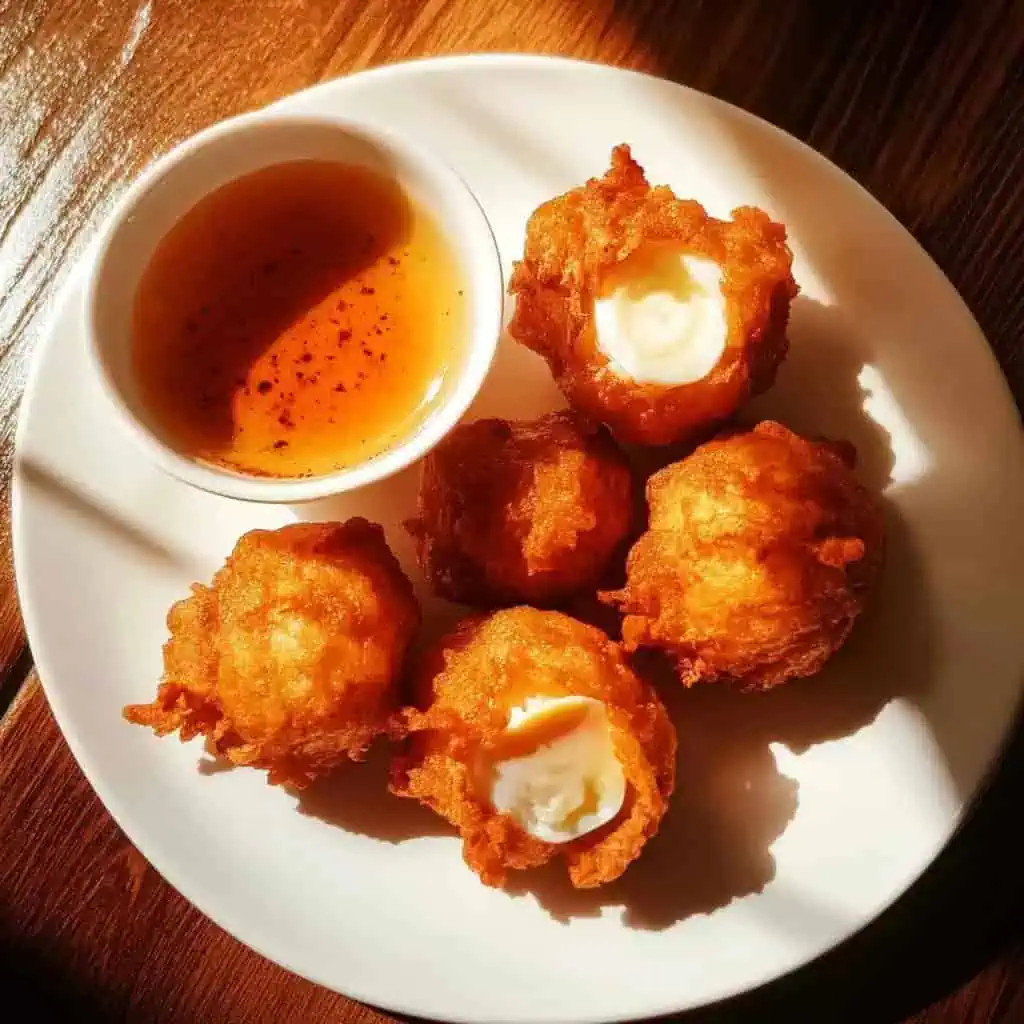
FAQ
Why is my batter not sticking to the eggs?
Make sure eggs are completely dry and well-coated in cornstarch first. The cornstarch creates a surface for the batter to adhere to.
Can I make the batter ahead of time?
Yes, but use within 2 hours for best results. The batter may thicken upon standing, so you might need to add a little water before using.
How do I know when the oil is ready without a thermometer?
Drop a small amount of batter into the oil - it should sizzle immediately and float to the surface without burning. If it sinks and doesn't bubble much, the oil is too cold.
Can I reuse the frying oil?
Yes, strain it through a fine mesh strainer lined with cheesecloth or coffee filter while still warm (but not hot). Store in a sealed container and use up to 2-3 times, as long as it doesn't smell rancid.
What's the difference between tokneneng and kwek-kwek?
The main difference is the egg size - tokneneng uses chicken or duck eggs, while kwek-kwek uses smaller quail eggs. The batter and cooking method are essentially the same.
Are there any dipping sauce recommendations?
The traditional dipping sauce is spiced vinegar (vinegar with minced garlic, chili, and black pepper) or sweet and sour brown sauce ("Manong sauce" made with flour, soy sauce, sugar, and vinegar).
Can I use an air fryer instead of deep-frying?
Yes, but the texture will be different. Spray the battered eggs with oil and air fry at 375°F for 8-10 minutes, turning halfway through.
How do I make perfect hard-boiled eggs for this recipe?
Place eggs in cold water, bring to a boil, then simmer for 9 minutes (for chicken eggs) or 11 minutes (for duck eggs). Immediately transfer to an ice bath for easy peeling.
Why is my tokneneng not as orange as the street vendors' version?
Many street vendors add food coloring for that vibrant orange color. You can add a drop of orange or yellow food coloring to achieve a similar hue if your annatto powder doesn't provide enough color.
How do I make this healthier?
You can try baking the eggs at 425°F for 15 minutes after spraying with oil, though the texture won't be exactly the same. Using an air fryer is another good alternative.
Related
Looking for other recipes like this? Try these:

Tokneneng (Filipino Orange Battered Eggs)
Equipment
- Deep heavy-bottomed pan or kawali for even heat distribution during frying
- Spider strainer or sandok (slotted spoon) for safe frying and draining
- Medium mixing bowls (mangkok) for preparing batter
- Candy/oil thermometer (optional) for precise oil temperature
- Paper towel-lined plate for draining excess oil
- Tongs [Sipit] for handling eggs
Ingredients
For the Eggs:
- 6-8 pieces boiled eggs chicken or duck/itlog na manok o itlog na pato
- 2 cups cooking oil for frying mantika
For the Orange Batter:
- 1 cup all-purpose flour arina
- 3 tablespoon cornstarch corn starch
- ¾ cup warm water mainit na tubig
- 1 tablespoon atsuete/achuete powder annatto powder
- ½ teaspoon salt asin
- ½ teaspoon ground black pepper dinurog na paminta
Instructions
- Heat your cooking oil in a deep pan over medium-high heat. You need enough oil to cover the eggs when frying.
- Mix the flour, salt, and pepper together in a large bowl.
- In a separate bowl, stir the atsuete powder with warm water until it turns bright orange and all powder is dissolved.
- Pour the orange atsuete mixture into your flour mixture. Whisk everything together until smooth with no lumps. The batter should be similar to pancake batter.
- Roll each boiled egg in cornstarch and shake off any extra. This helps the batter stick better.
- Test if your oil is hot enough by dropping a tiny bit of batter - it should bubble and float right away. Your oil temperature should be around 350°F (175°C).
- Dip each cornstarch-coated egg in the orange batter until fully covered. Carefully place it in the hot oil. Only fry 3-4 eggs at a time to avoid crowding.
- Fry for 3-4 minutes, turning the eggs gently until they're crispy and golden-orange on all sides. You'll know they're done when the bubbling calms down and the coating looks firm.
- Remove the eggs with a slotted spoon and place them on a paper towel-lined plate to drain excess oil.
- Serve immediately while hot and crispy with spiced vinegar or sweet brown sauce.
- For best results, keep the oil at a steady temperature between batches. If your tokneneng browns too quickly, lower the heat. If it gets greasy or soggy, your oil isn't hot enough.
Tips from Lola's Kitchen
- Use room temperature eggs to prevent batter from sliding off
- Add a drop of yellow food coloring for brighter color if atsuete is light
- Double-coat eggs for extra crispiness
- Keep oil temperature consistent for even cooking
- Never cover the pan while frying to maintain crispiness
Nutrition
The Story behind Tokneneng (Filipino Orange Battered Eggs)
The bustling streets of Metro Manila hold countless culinary treasures, but few are as distinctive as tokneneng, the bright orange-battered eggs that have become a cornerstone of Filipino street food culture. This beloved merienda (afternoon snack) traces its roots to the resourceful street vendors of the 1960s and 1970s, who sought to create affordable yet filling snacks for workers and students alike.
What makes tokneneng particularly fascinating is its evolution from simple boiled eggs to a vibrant street food sensation. The inspiration likely came from the Filipino love for sawsawan (dipping sauces) and crispy textures. Vendors discovered that coating eggs in a distinctive orange batter, colored with atsuete (annatto seeds), not only made them more appealing but also created that satisfying crunch Filipinos adore. The smaller version, kwek-kwek, made with quail eggs, emerged later as an even more affordable alternative.
The name "tokneneng" itself is believed to be onomatopoeic, possibly mimicking the sound of eggs being dropped into hot oil or the cracking sound of biting into its crispy exterior. Today, you'll find tokneneng vendors, or "manong" as they're affectionately called, pushing their distinctive orange-colored carts through neighborhoods, announcing their presence with a familiar chant of "Tok-neneng! Tok-neneng!" Each vendor typically develops their own secret batter recipe, though the core ingredients remain consistent across the country.
In recent years, tokneneng has transcended its street food origins to appear in food courts, casual dining establishments, and even upscale Filipino restaurants' pulutan (bar snack) menus. Despite this evolution, the heart of tokneneng remains in the streets, where for just ₱10 per piece, it continues to satisfy hungry Filipinos looking for a warm, crispy, and filling snack that feels like a warm hug from home.
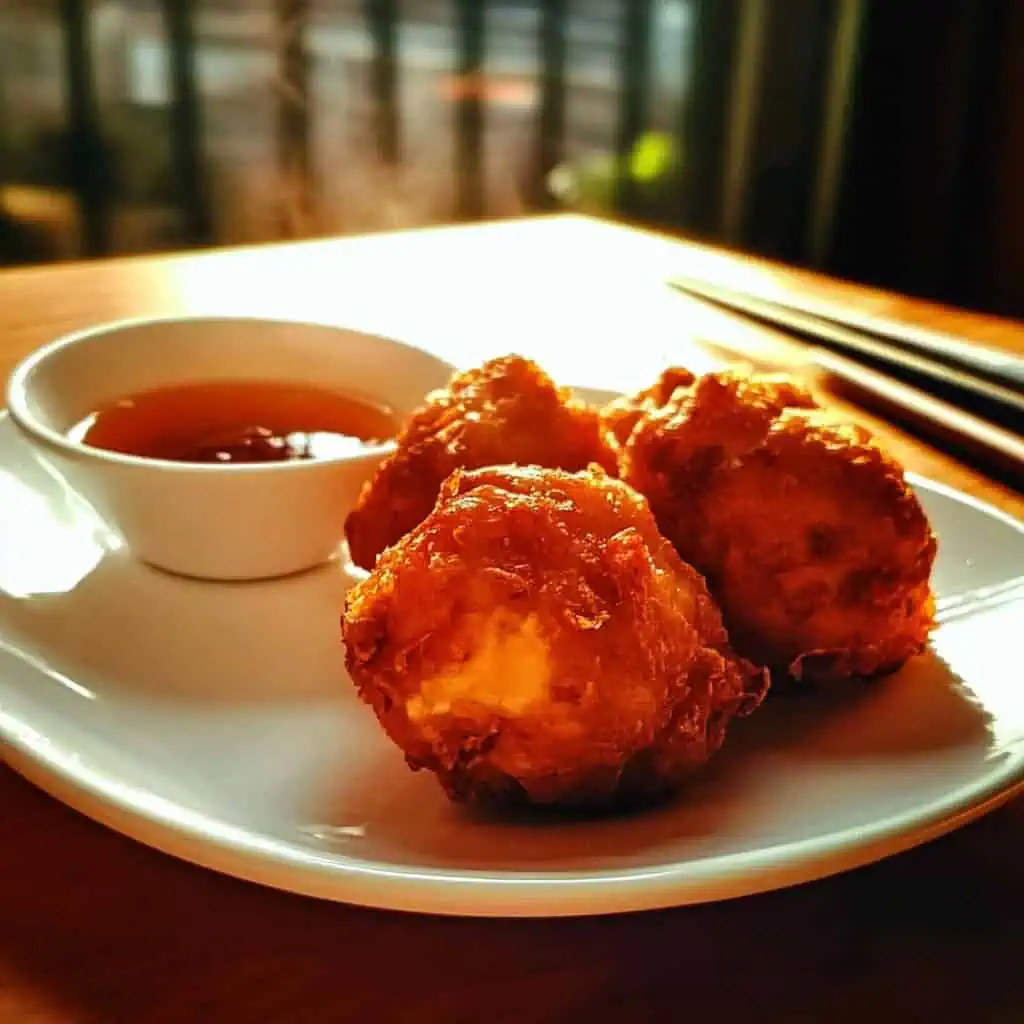

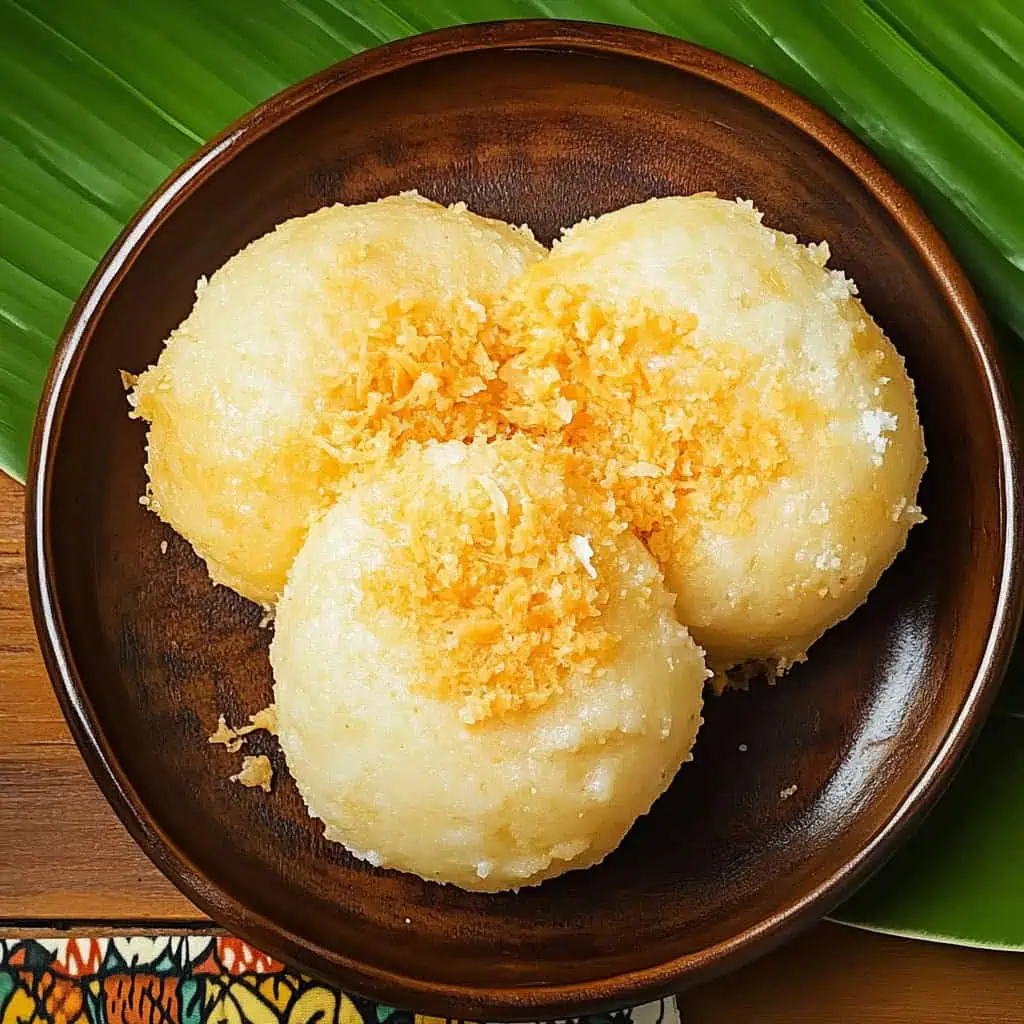
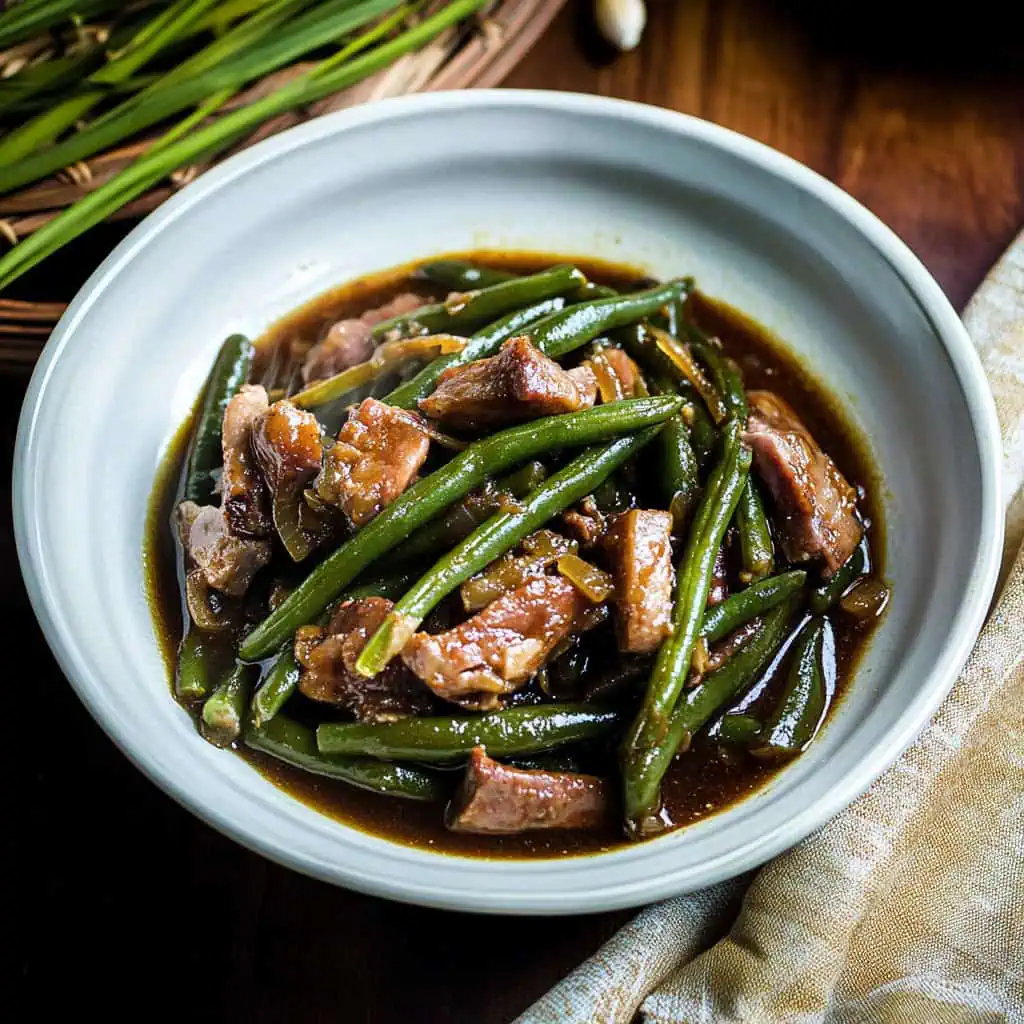

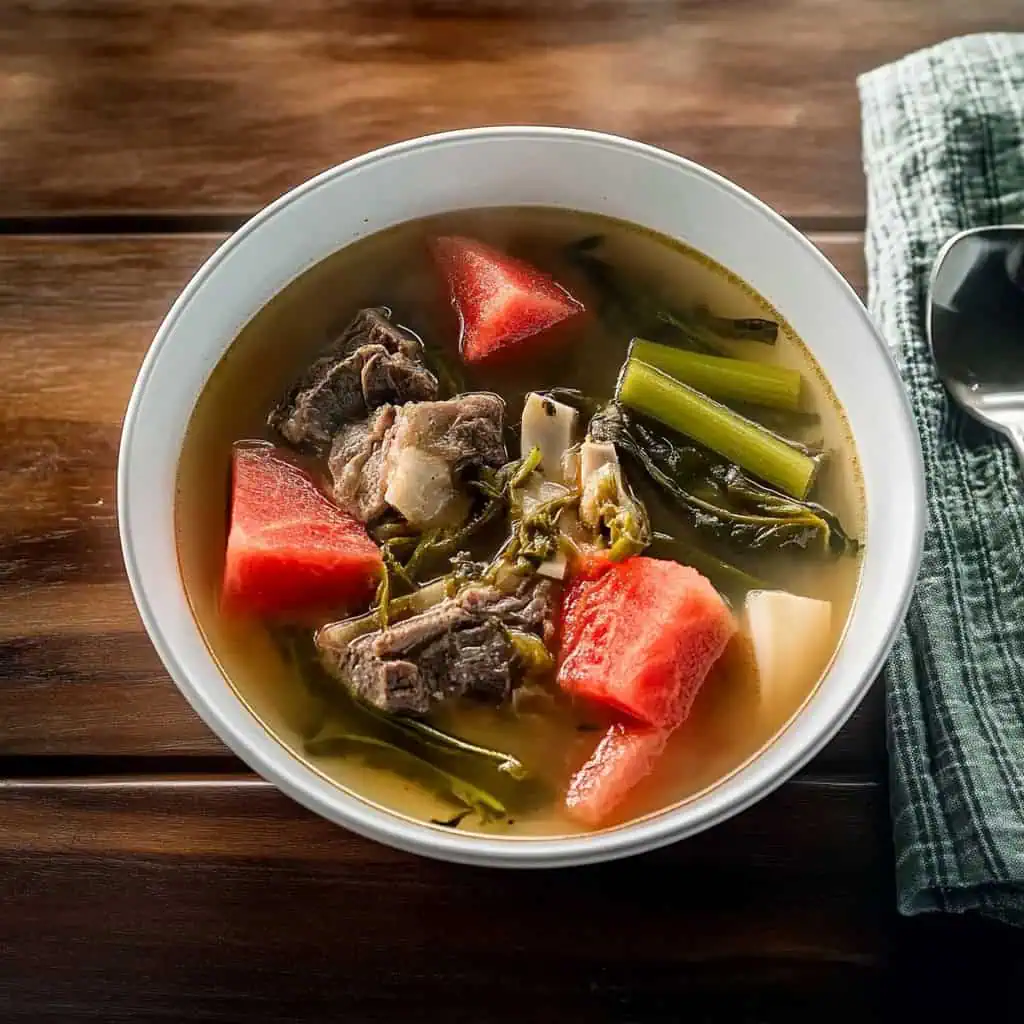

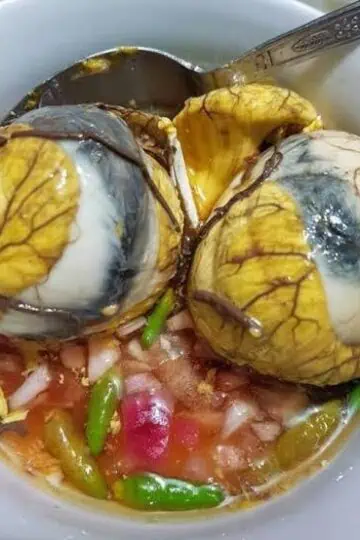
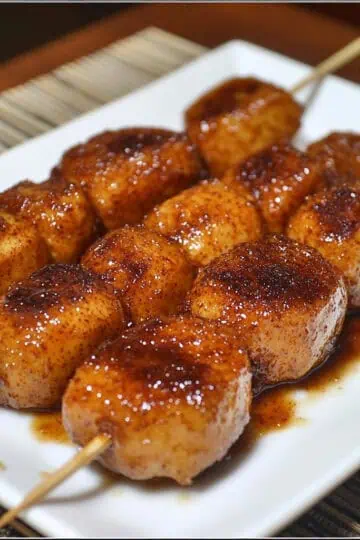

Comments
No Comments